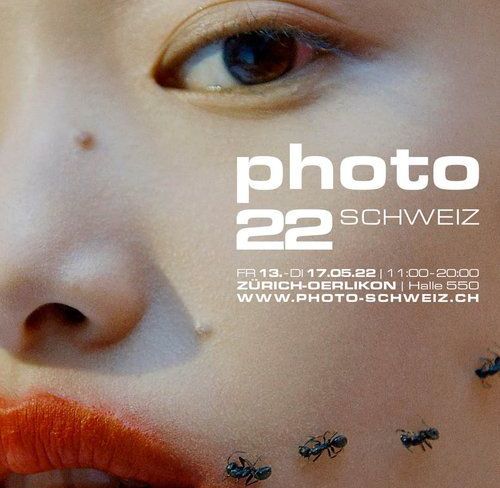His images cause a stir, shock and outrage: Oliviero Toscani has made history as a photographer, creative director and picture editor and has turned advertising communication on its head. Toscani became famous for his campaigns for the Italian fashion house Benetton, which are as iconic as they are controversial.
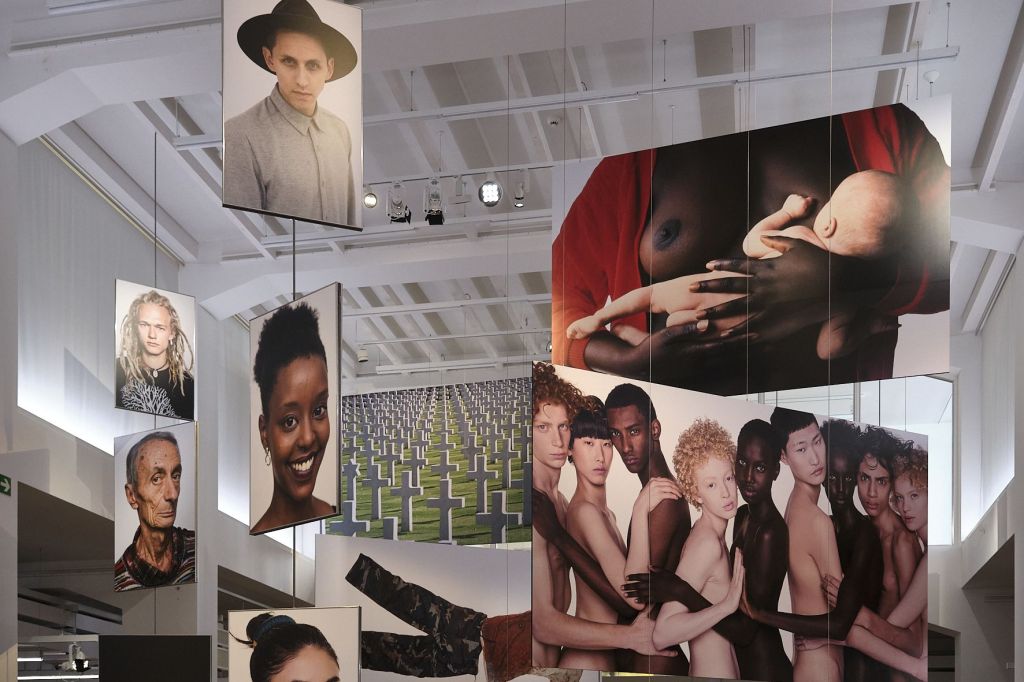
The Oliviero Toscani exhibition at the Museum für Gestaltung in Zurich is the first to show the provocative photographer’s complete oeuvre. Photo: © Werner Mäder, Uetikon
After training at the Zurich School of Applied Arts, Toscani immersed himself in street photography in New York and became part of Andy Warhol’s legendary Factory. In Europe, he established himself as an advertising and fashion photographer who made visual provocation his trademark. The exhibition at the Museum für Gestaltung in Zurich is the first to encompass Toscani’s entire oeuvre and provides an opportunity to discuss social conventions and current issues such as gender, racism, ethics and aesthetics.
Provocation is part of the exhibition
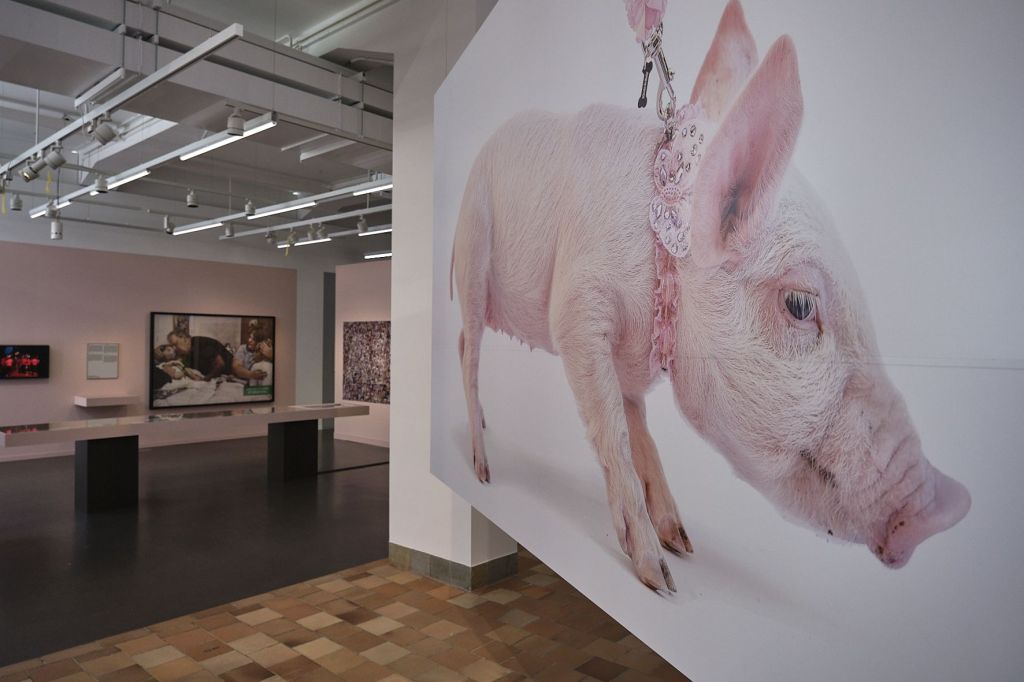
Photo: © Werner Mäder, Uetikon
A nun and a priest chastely kissing, a man on his deathbed surrounded by his grieving family, three
identical and realistic-looking hearts labeled “black,” “yellow,” and “white”—Oliviero Toscani made
visual provocation his signature style and through his treatment of taboo subjects such as death, free love, and openly celebrated sexuality polarized popular opinion. His advertising campaigns for the Italian fashion house Benetton starting in the early 1980s were at once controversial and iconic. After his first, comparatively conventional fashion shoots, Toscani, with models from every continent, would henceforth put the company claim “United Colors” at the core of his visual world.
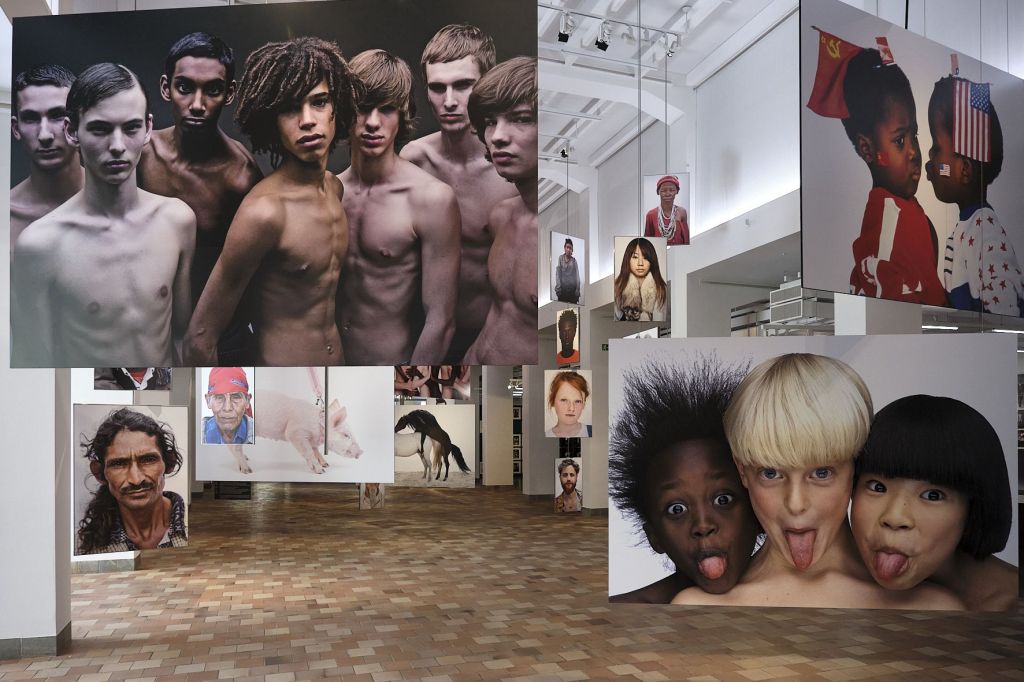
Oliviero Toscani has made visual provocation his trademark and polarises with taboo subjects such as death, free love and openly celebrated sexuality. Photo: © Werner Mäder, Uetikon
By 1989 the posters no longer featured any garments at all. Engaged in the constant battle for attention, Benetton decided to cast itself as a catalyst for debate of the most pressing social problems of the day. This led some to accuse it of instrumentalizing issues such as racism, violence, and exclusion merely to maximize sales.
«How much is too much?»
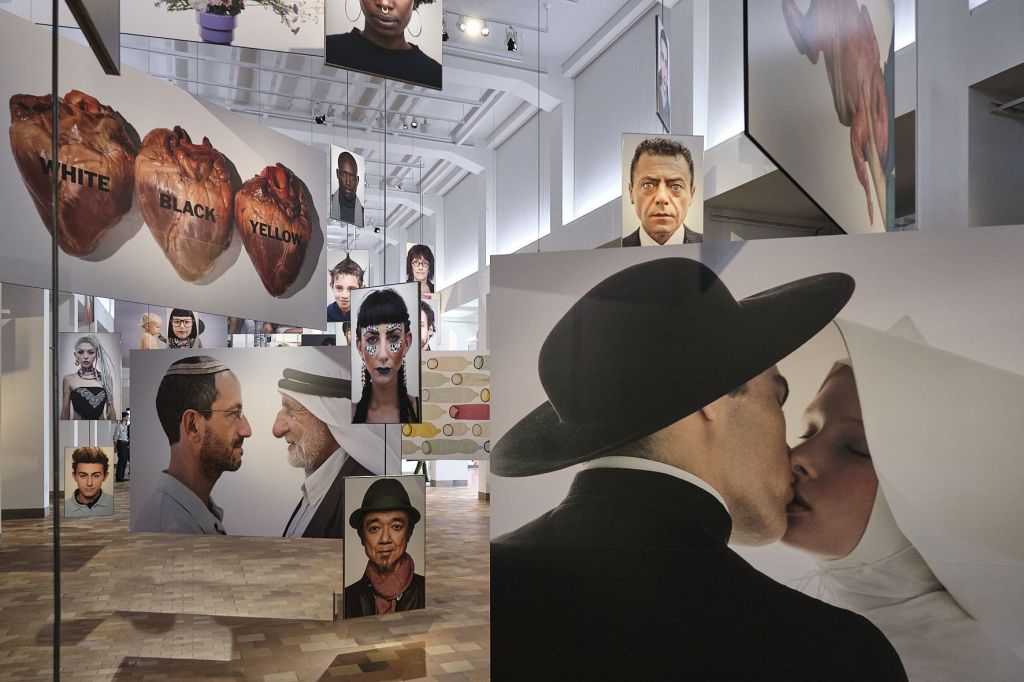
In the constant battle for attention, Benetton saw itself from then on as a catalyst for the negotiation of urgent social problems. Some accused the company of instrumentalising issues such as racism, violence and exclusion for its business. Foto: © Werner Mäder, Uetikon
Despite the criticism, some of it quite damning, Toscani ratcheted up the radicalism and as of 1992 promoted the brand using only images connected with AIDs, the environment, migration etc. that had nothing to do with fashion. A year later, Benetton proprietor Luciano Benetton and Oliviero Toscani co-founded the Fabrica, a school for artists in all disciplines aged twenty-five and under. The Fabrica magazine Colors followed just three principles: no news, no famous people, and just one subject per issue. A highly controversial campaign against the death penalty in the year 2000 sparked international outrage and led to a rift between Toscani and Benetton.
Impressive body of work
The exhibition at the Museum für Gestaltung Zürich came about as a result of several years of close collaboration with Oliviero Toscani himself. With over 500 images, it shows the photographer’s monumental life’s work. “The works of Oliviero Toscani leave nobody cold and remain provocative even today. His images evoke powerful emotions, are thought-provoking, and likely to prompt debate,” says Christian Brändle, Director of the Museum für Gestaltung Zürich, noting that “the show also attests to the sheer breadth and precision of Toscani’s photography.”
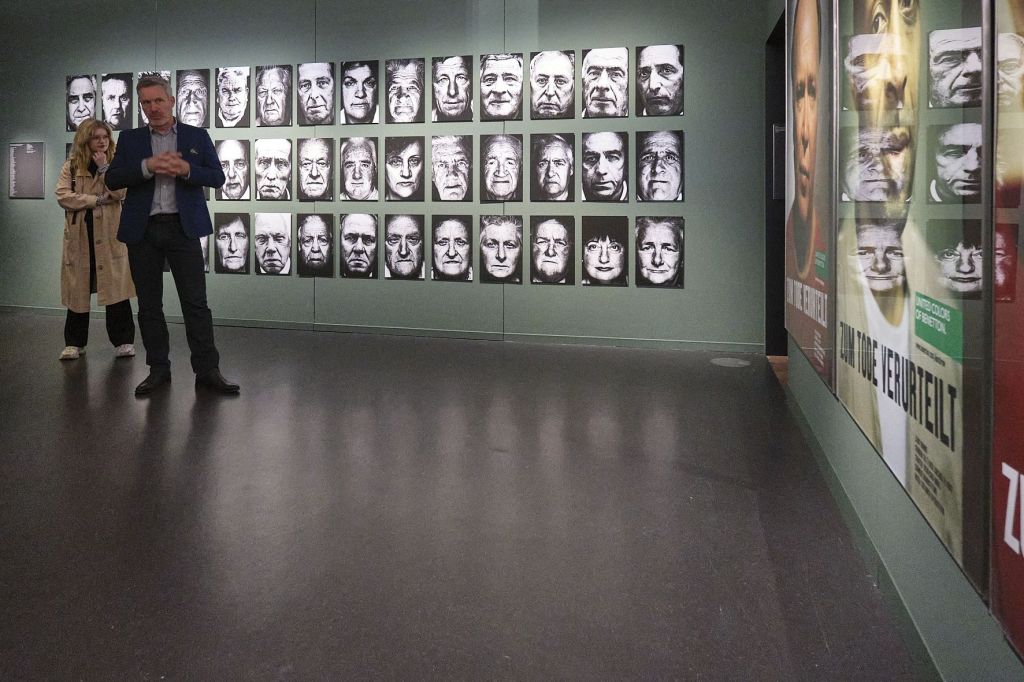
“The works of Oliviero Toscani leave nobody cold and remain provocative even today. His images evoke powerful emotions, are thought-provoking, and likely to prompt debate,” says Christian Brändle, Director of the Museum für Gestaltung Zürich, noting that “the
show also attests to the sheer breadth and precision of Toscani’s photography.” Photo: © Werner Mäder, Uetikon
In addition to Toscani’s advertising campaigns, the exhibition also assembles over fifty years’ worth of fashion photography, iconic images, magazines, and vintage prints.
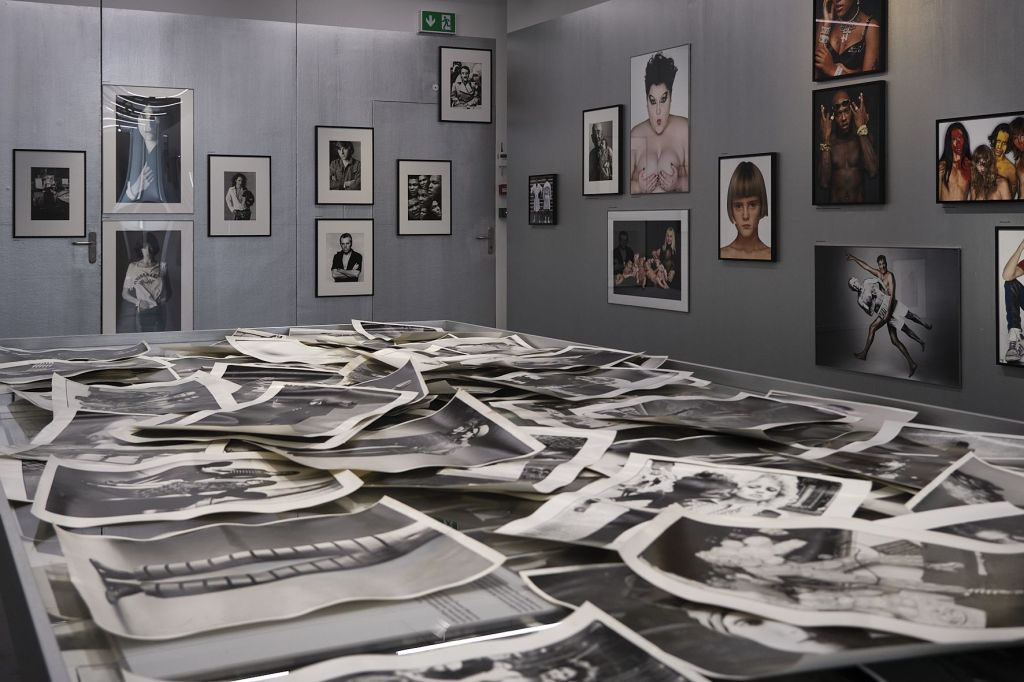
The exhibition also shows many unpublished prints and thus visualises how Toscani worked. Photo: © Werner Mäder, Uetikon
These are supplemented by works of a more personal nature, such as his portraits of the survivors of the massacre of Sant’Anna di Stazzema (1944) and a number of sequences. Embedded in the show is Toscani’s long-term project Razza umana with its portraits of people from all over the globe, in which visitors, too, can have themselves immortalized.
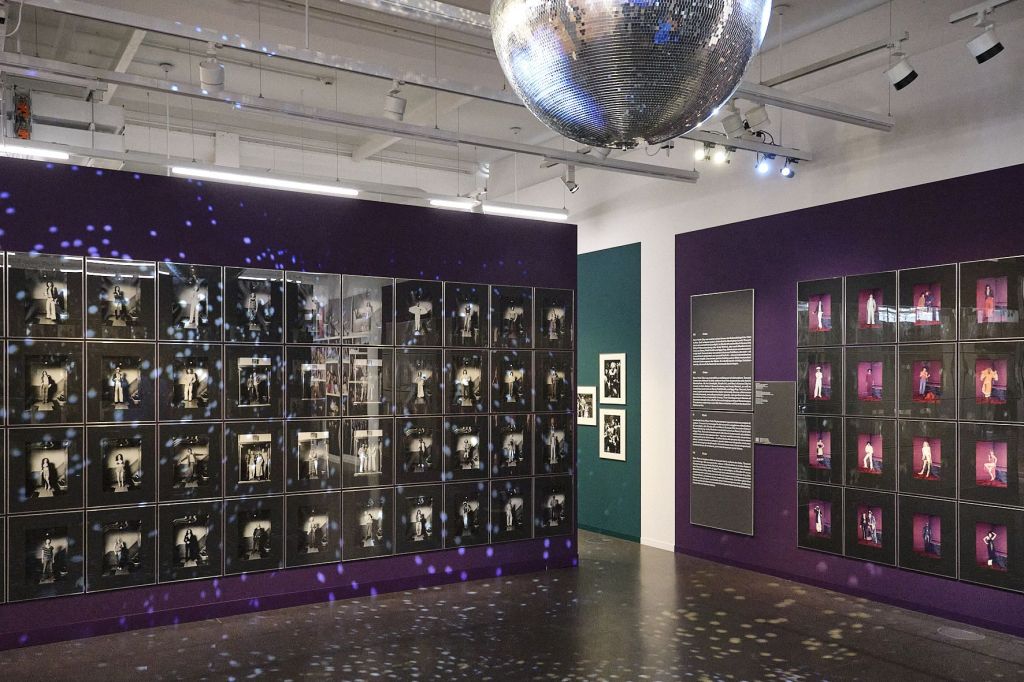
Embedded in the show is Toscani’s long-term project Razza umana with its portraits of people from all over the globe, in which visitors,
too, can have themselves immortalized. Photo: © Werner Mäder, Uetikon
Educational programme
The educational programme with exhibition talks, workshops and guided tours can be found on the museum’s website.
Opening hours
The exhibition at the Museum für Gestaltung, Ausstellungsstrasse 60, 8005 Zurich, will run until 15 September 2024 and is open from Tuesday to Sunday from 10 am to 5 pm, and on Thursdays from 10 am to 8 pm.
Further information on visiting and opening hours on public holidays you can find here.
